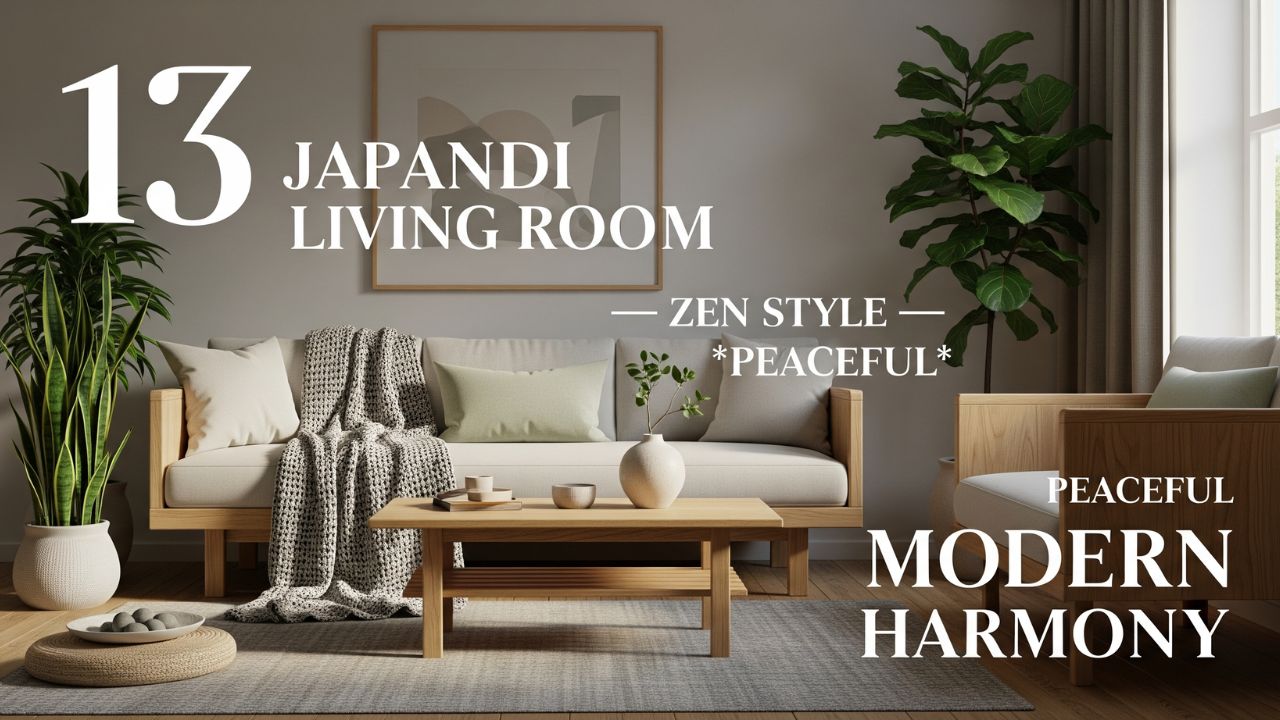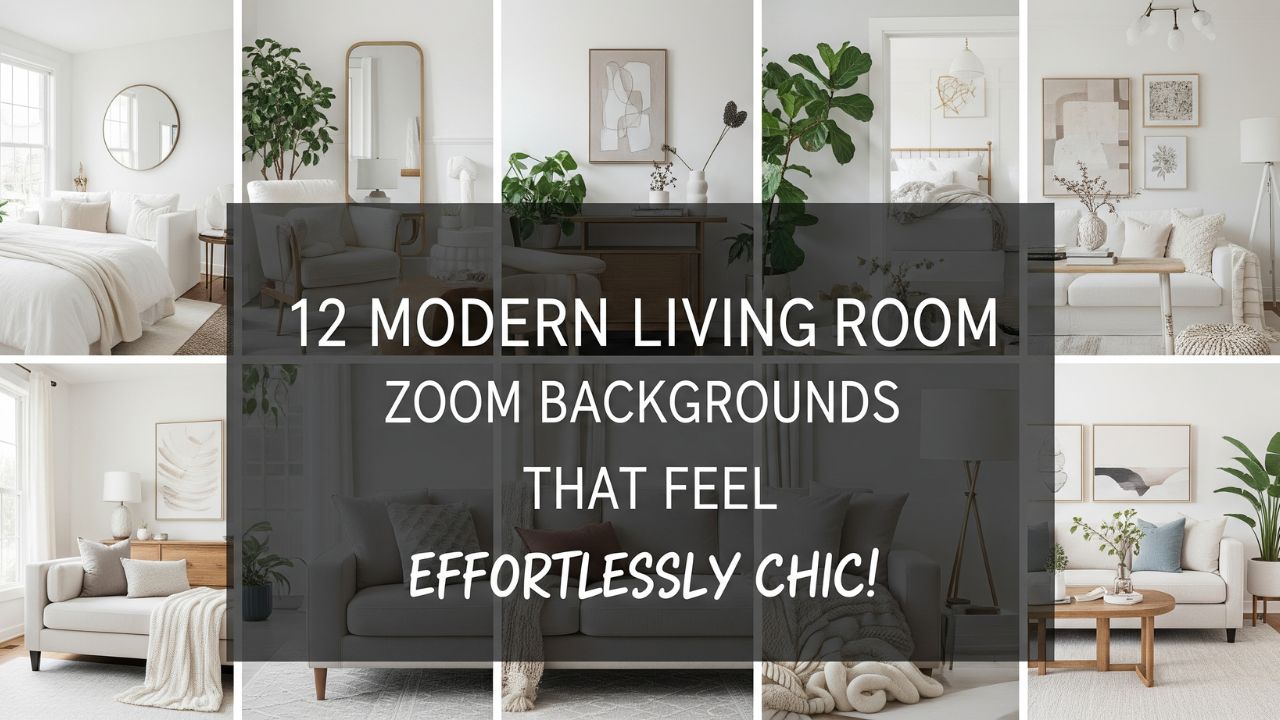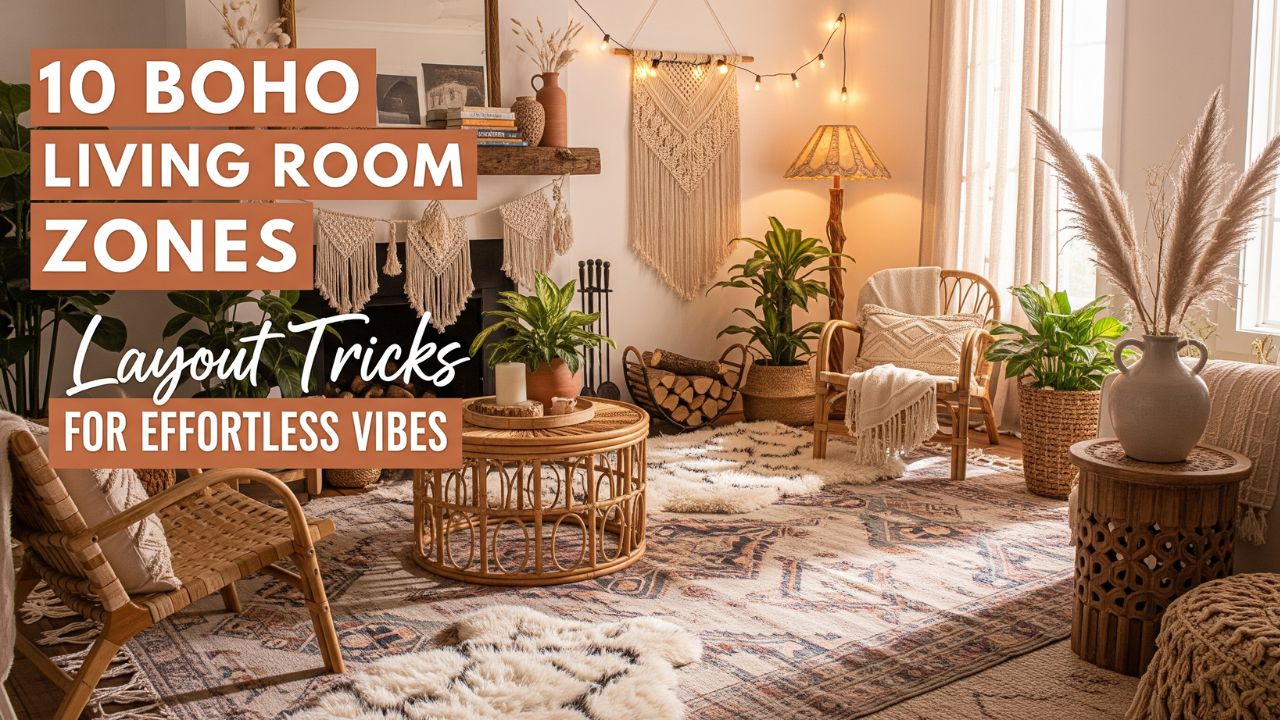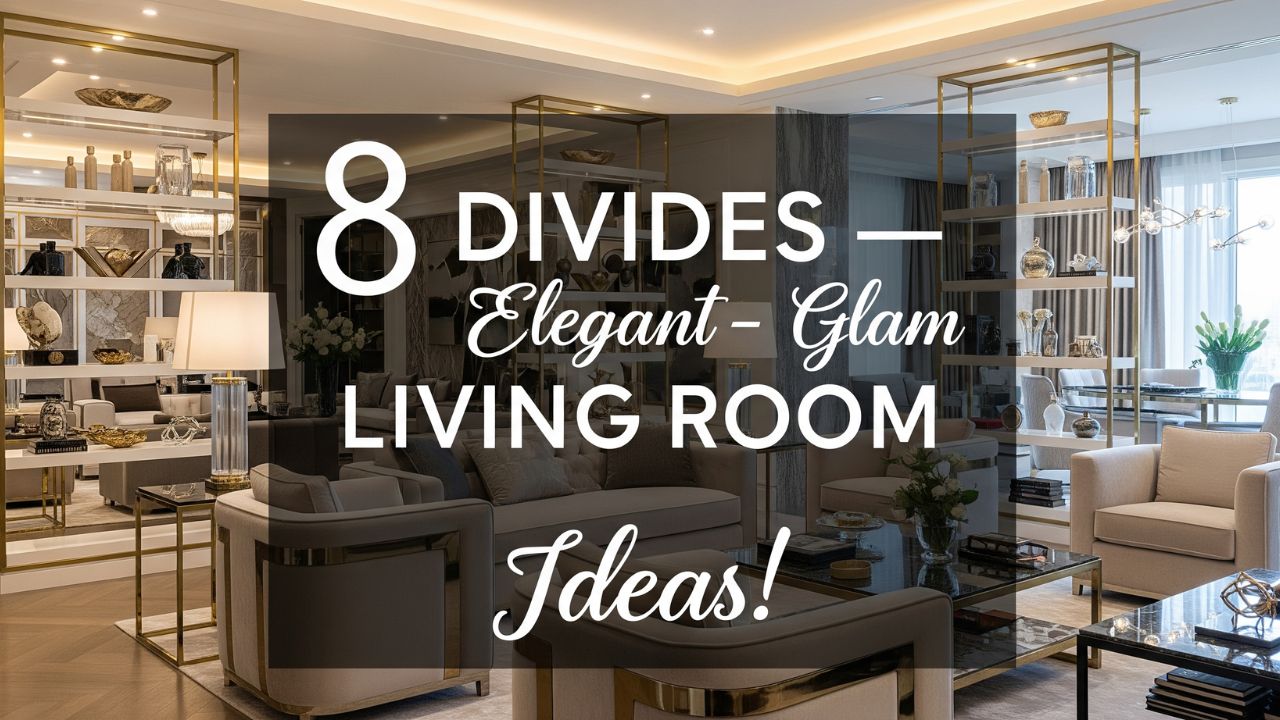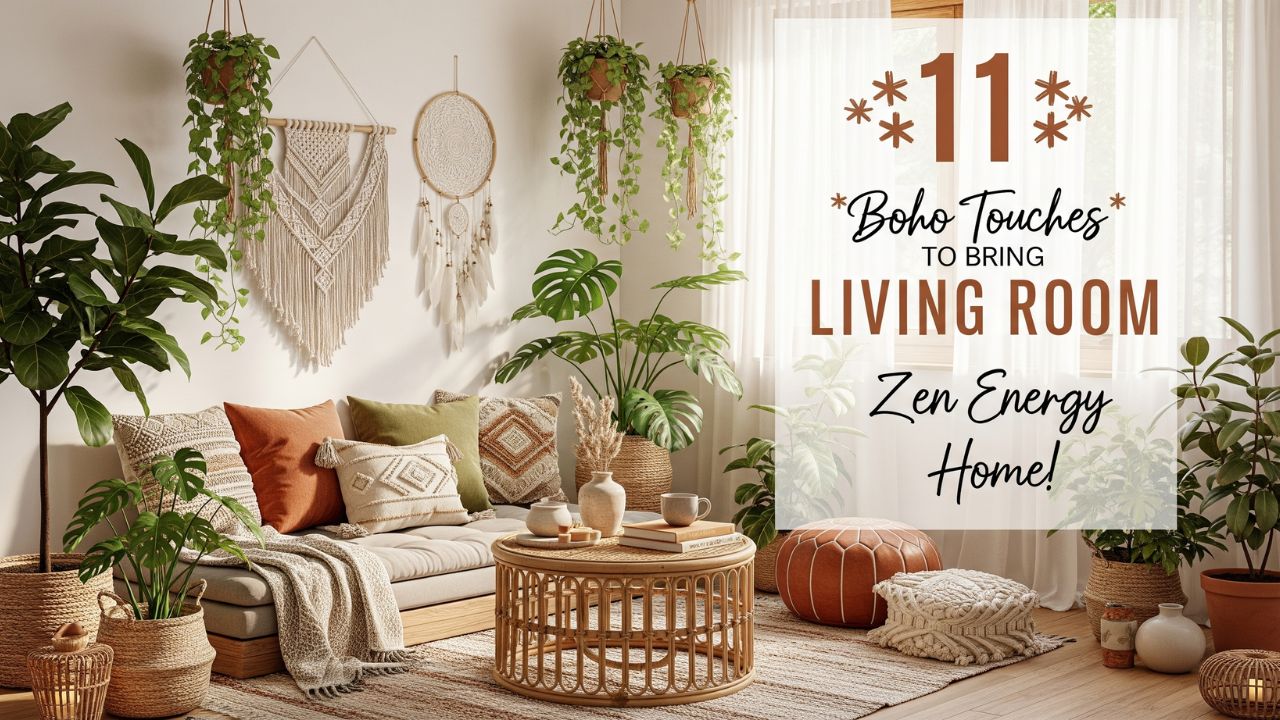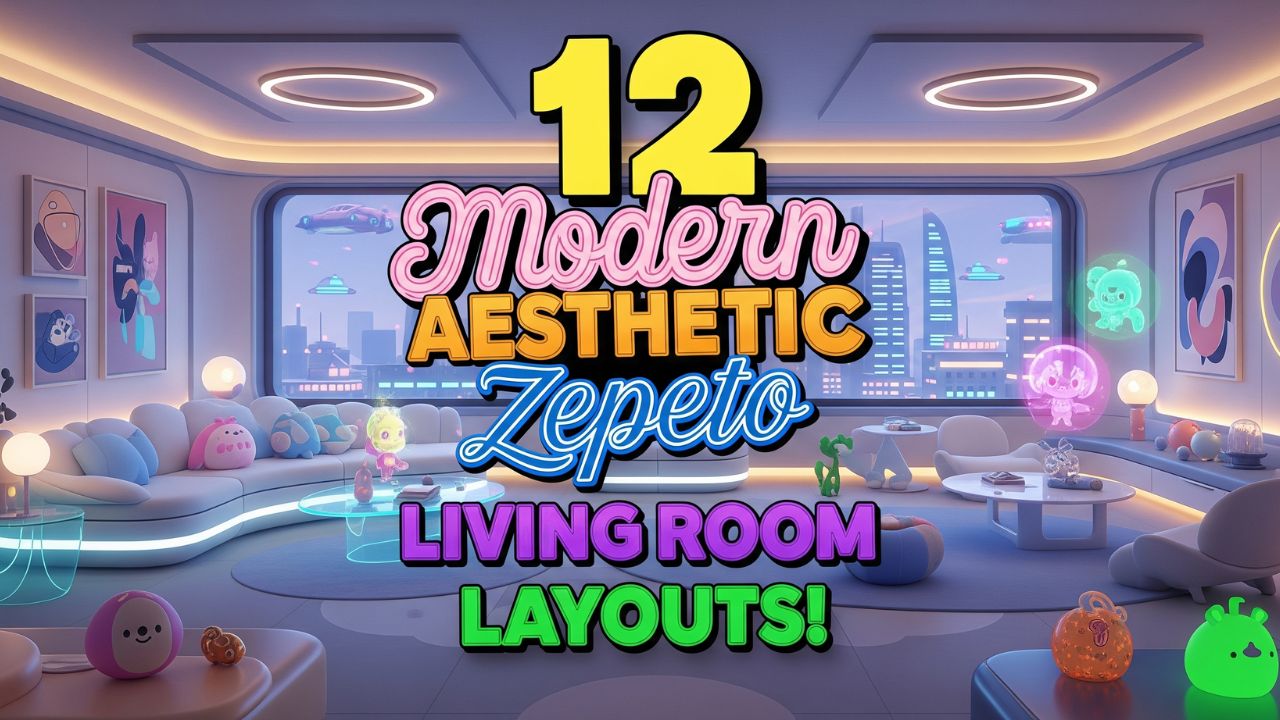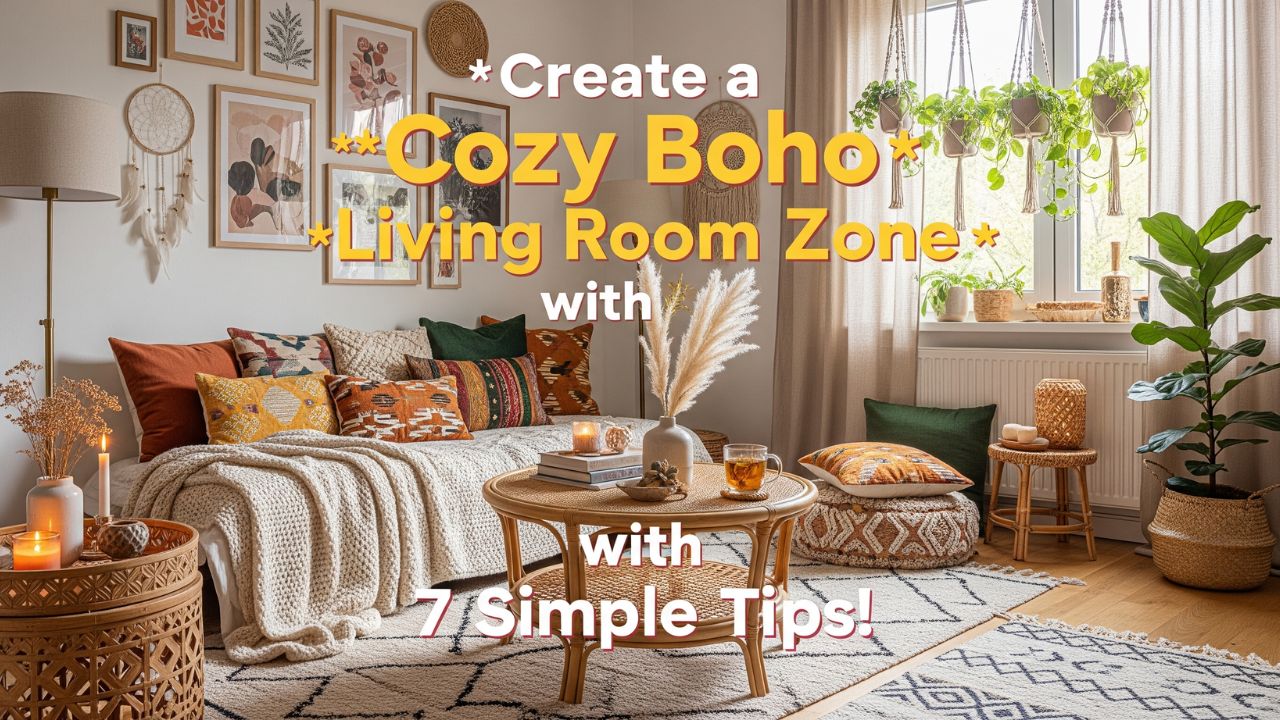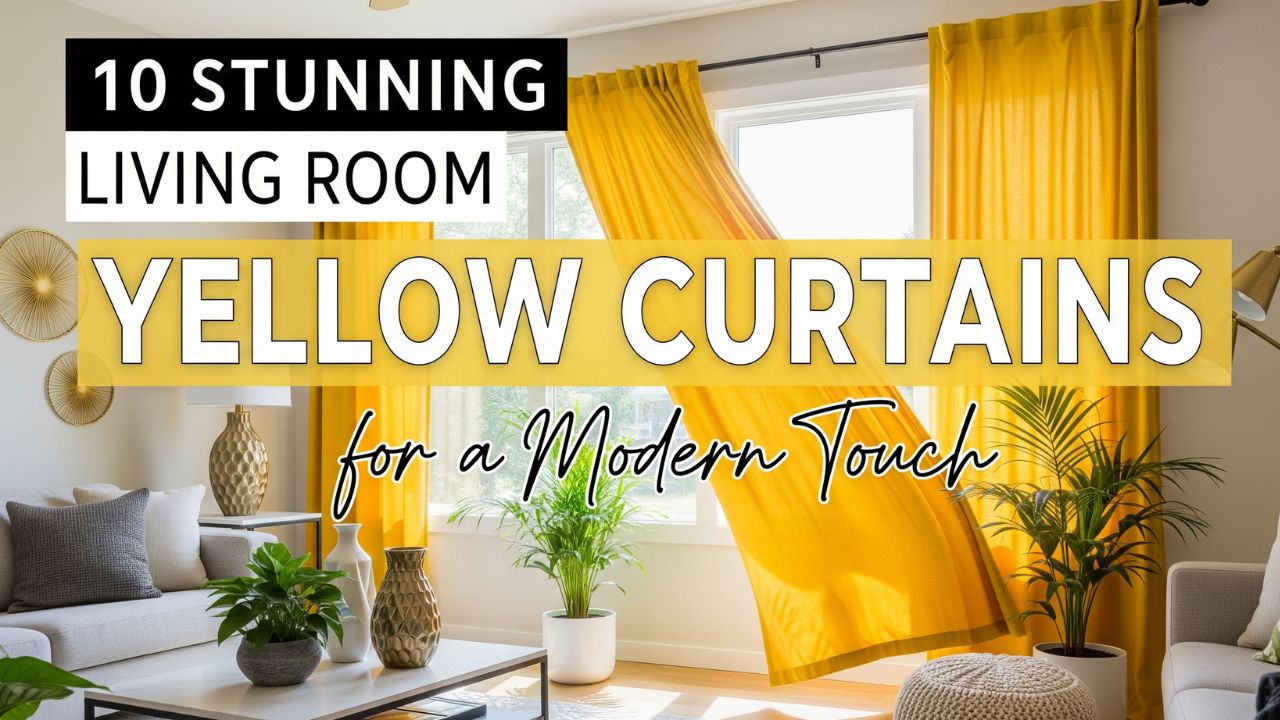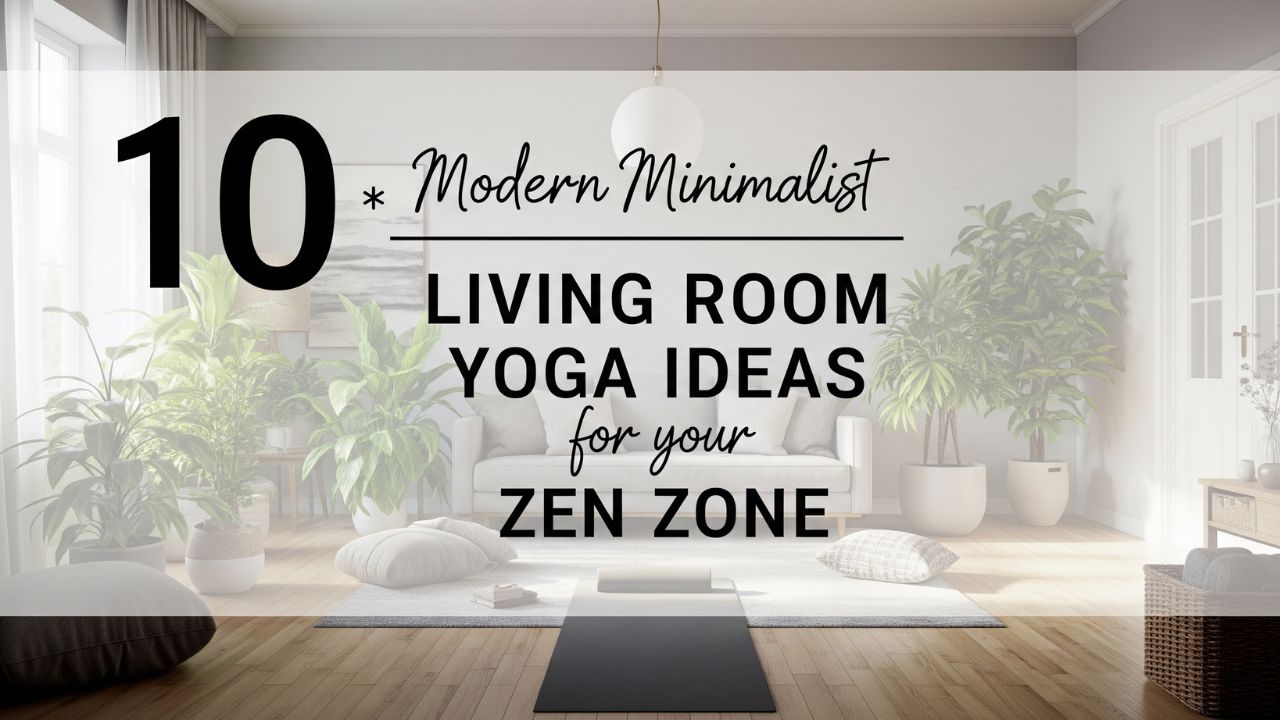What if your living room could tell a story — one of timeworn elegance, warm nostalgia, and timeless sophistication?
Creating a vintage-inspired living room isn’t about cluttering the space with old furniture or turning it into a museum. It’s about weaving together pieces of the past with today’s comfort and charm. The beauty of vintage décor lies in its imperfection — the slightly worn edges, the muted tones, and the soulful textures that whisper of history.
Do you know that the term vintage originally referred to wine? It symbolized quality aged over time — a perfect metaphor for interiors that get better with every passing year.
If you’ve ever dreamed of walking into your living room and feeling transported to a gentler era — think soft lighting, romantic details, and curated charm — these 12 elegant ideas will help you create that vintage allure effortlessly.
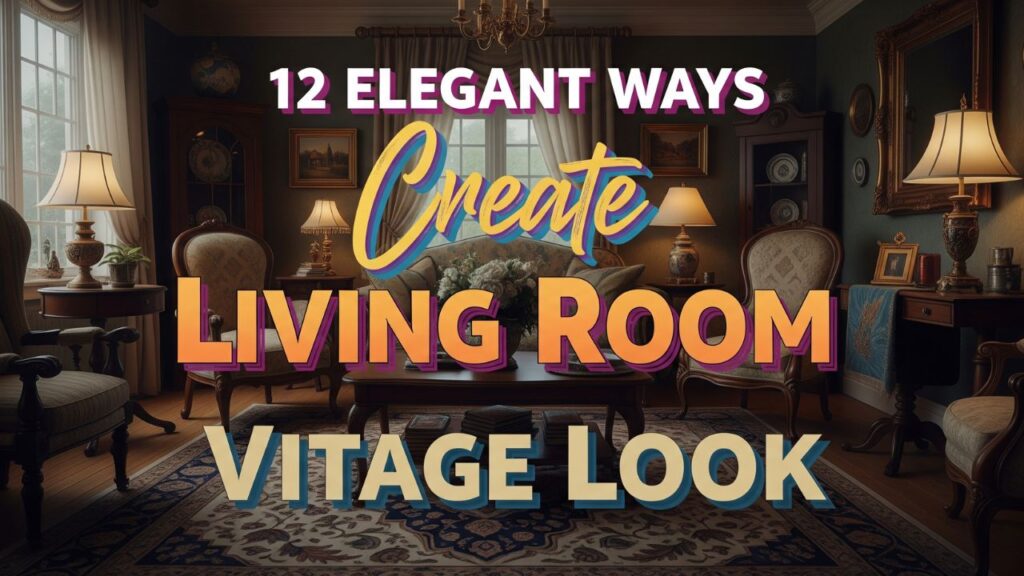
Table of Contents
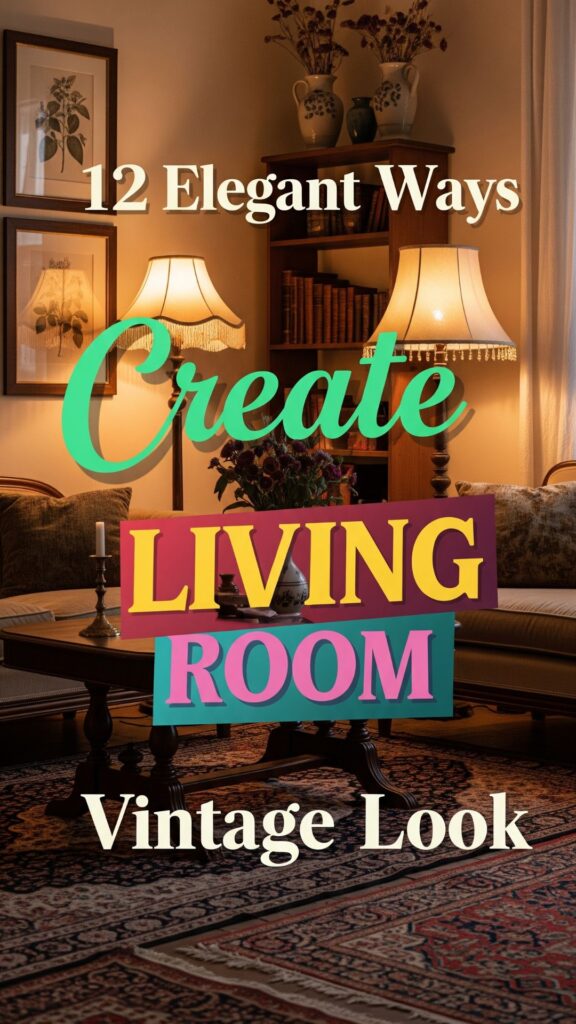
12 Ways to Create a Living Room Vintage Look
1. Embrace Antique Furniture with Character
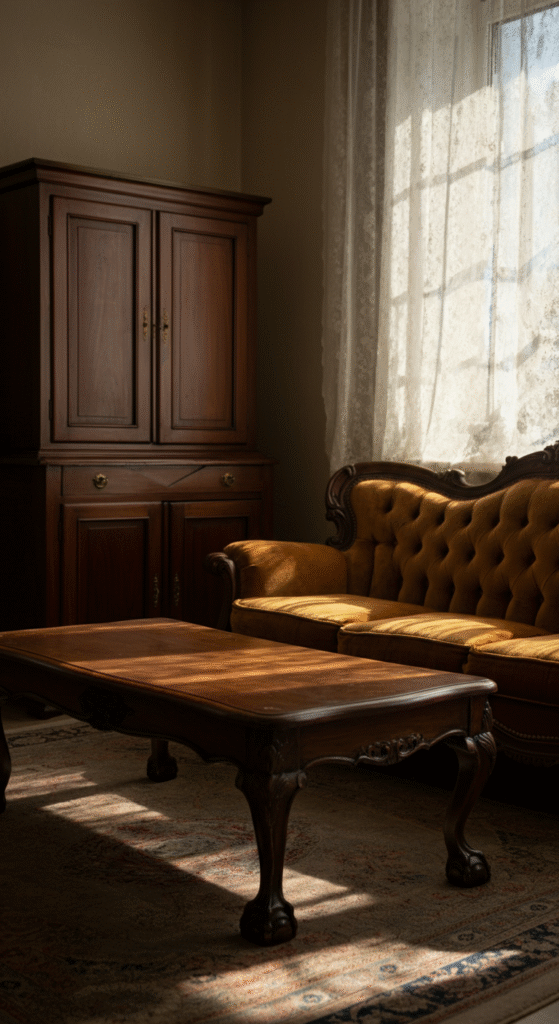
Vintage décor begins with furniture that has a story. Seek out antique pieces — a claw-foot coffee table, a velvet sofa, or a distressed wooden cabinet. Look for craftsmanship and patina that modern pieces can’t replicate.
Interesting fact: True vintage furniture (usually between 20–100 years old) often features solid wood, dovetail joints, and unique hardware that showcase quality and history.
Mix and match eras thoughtfully. Pair a mid-century armchair with a Victorian side table — balance is key. The charm of vintage style lies in its curated imperfection.
2. Choose a Timeless Color Palette
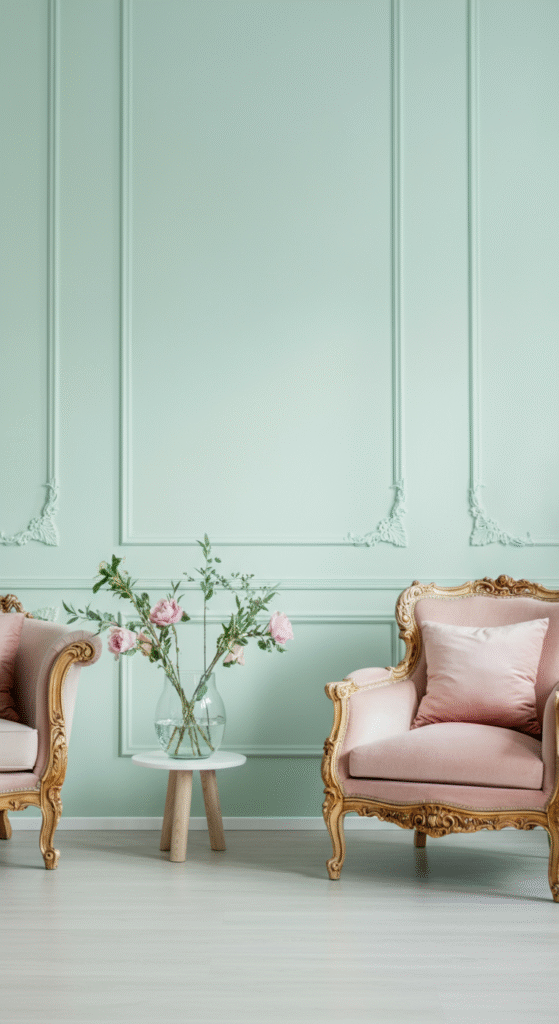
Your color scheme sets the tone for your entire space. Vintage living rooms favor muted, earthy, or pastel tones — think faded rose, sage green, soft beige, cream, dusty blue, and antique gold.
Do you know why vintage colors feel so comforting? Many were derived from natural pigments like clay, minerals, and plant dyes, giving them a soft, organic appearance.
For an authentic touch, use chalk paint or lime wash finishes on your walls or furniture. These add gentle texture and a naturally aged feel.
3. Add Layers of Textures and Fabrics
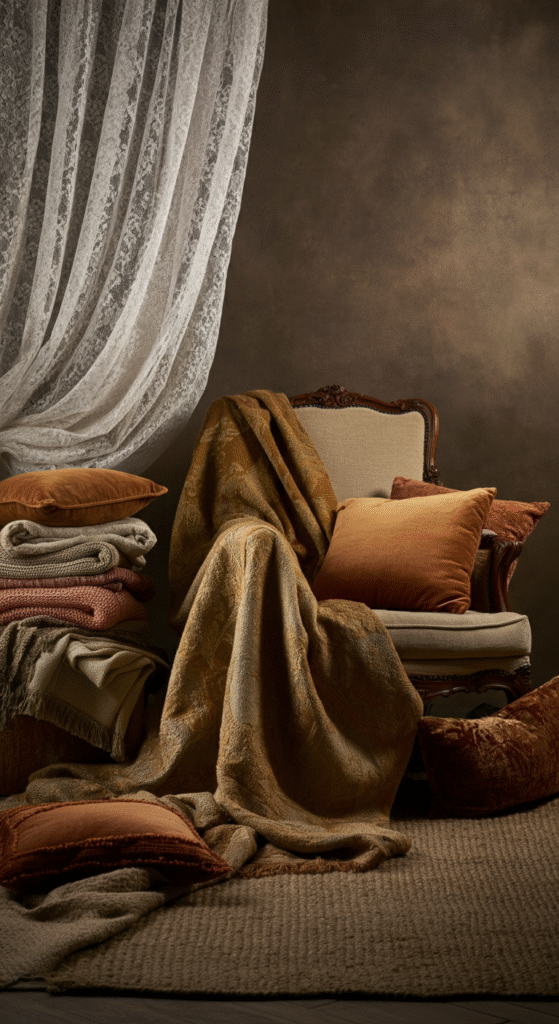
Vintage style thrives on texture variety. Incorporate fabrics like linen, velvet, lace, and brocade to create warmth and richness. Think draped curtains, fringed cushions, and embroidered throws.
Layering is the secret to a lived-in look — not everything has to match. Combine a crocheted doily with a velvet pillow or a jute rug beneath a carved wooden table.
Myth-buster: Many assume vintage spaces are dark and heavy. In reality, texture layering can keep your space light yet cozy if you balance materials like lace and wood with open, airy layouts.
4. Incorporate Statement Lighting Fixtures
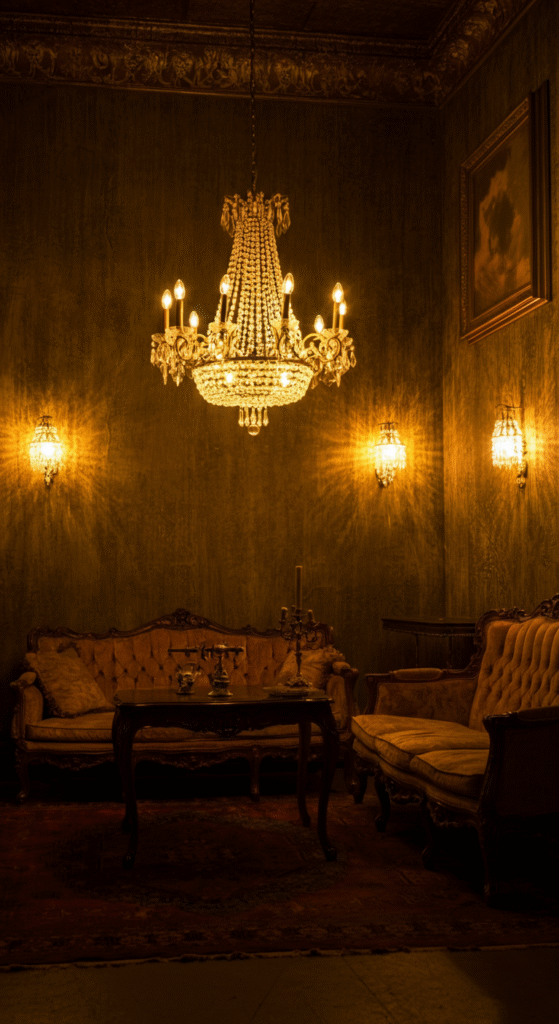
Lighting can make or break the vintage ambiance. Choose fixtures that look classic yet functional — crystal chandeliers, brass sconces, or Tiffany-style lamps.
Aged metal finishes, glass beads, and soft golden glows instantly elevate the atmosphere. Don’t forget candles in vintage holders for an added touch of romance.
Do you know that in the 1920s, lighting became a key form of home expression as electricity spread? That’s why chandeliers and art deco lamps became icons of vintage interiors.
5. Display Vintage Art and Mirrors
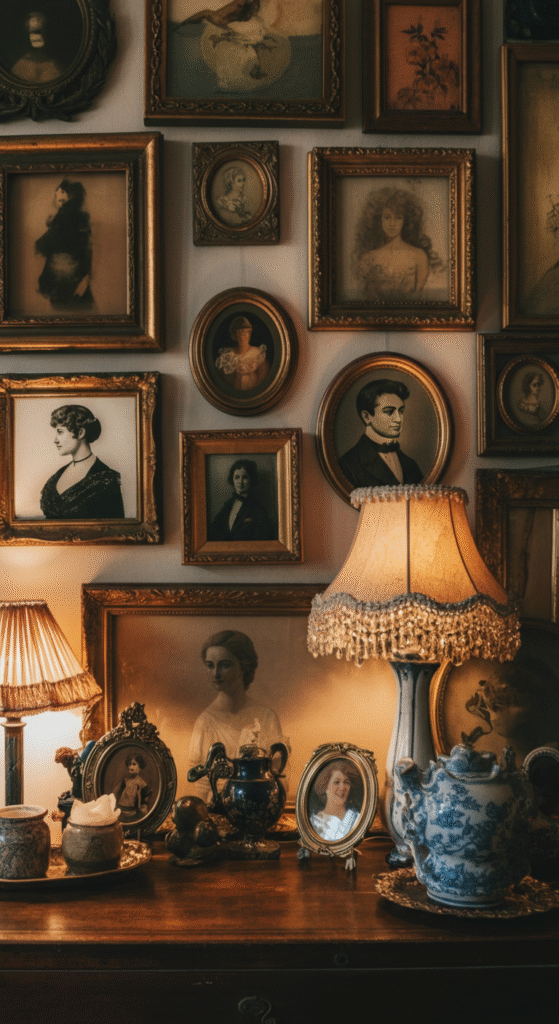
Nothing adds character faster than art and mirrors with history. Look for old portraits, landscape paintings, botanical prints, or ornate mirrors with distressed frames.
Mirrors not only reflect light beautifully but also make your space appear larger — a trick used by designers since the 18th century.
Arrange vintage frames in a gallery wall or lean an oversized gilded mirror against the wall for a sophisticated yet relaxed feel. Flea markets and thrift shops are goldmines for such treasures.
6. Incorporate Natural Wood and Distressed Finishes
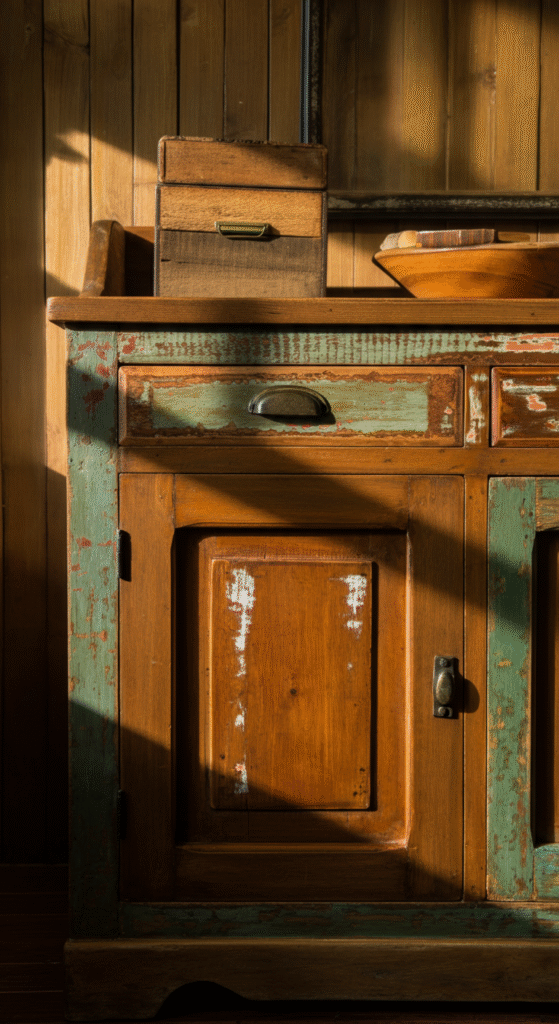
Wood is the backbone of vintage interiors. Whether it’s oak, walnut, or pine, natural or weathered wood adds authenticity to the space.
Go for reclaimed furniture or pieces that show gentle wear — scratches, faded stains, and chipped paint tell stories.
A little-known fact: French country homes popularized the “distressed” look not for aesthetics but practicality — repainting old furniture simply wasn’t common, and time naturally created beauty.
You can DIY a distressed finish using sandpaper and wax — perfect for sideboards, frames, or wooden trims.
7. Add Botanical and Nature-Inspired Accents
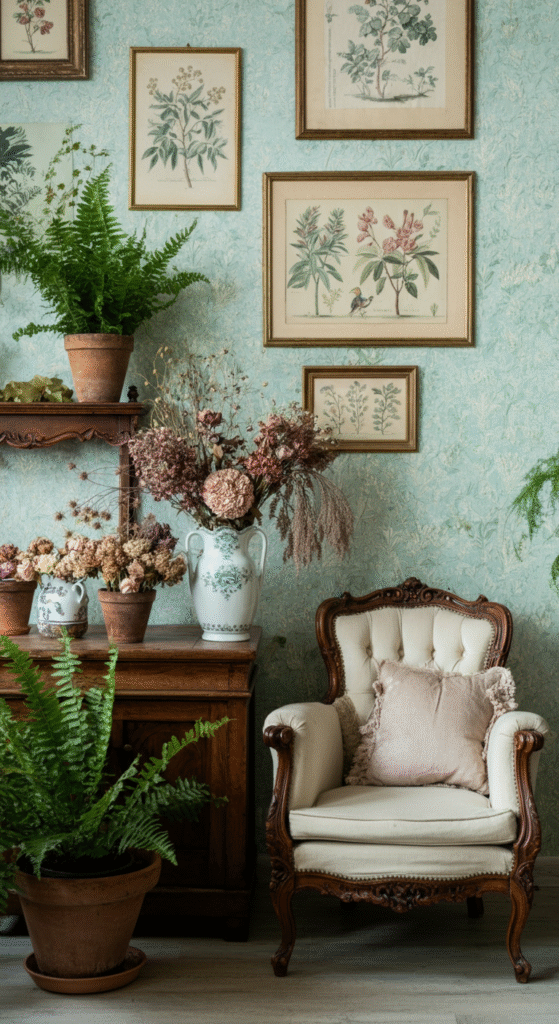
Flowers and greenery bring vintage interiors to life. Place fresh or dried blooms in porcelain vases, use floral wallpaper, or hang botanical prints on the wall.
Do you know that during the Victorian era, every flower held a symbolic meaning? Roses for love, lavender for devotion, and ivy for fidelity — a subtle way to add poetic layers to your décor.
Even small details, like a fern in a terracotta pot or ivy trailing from a brass planter, can tie the whole look together beautifully.
8. Mix Vintage Patterns with Modern Balance
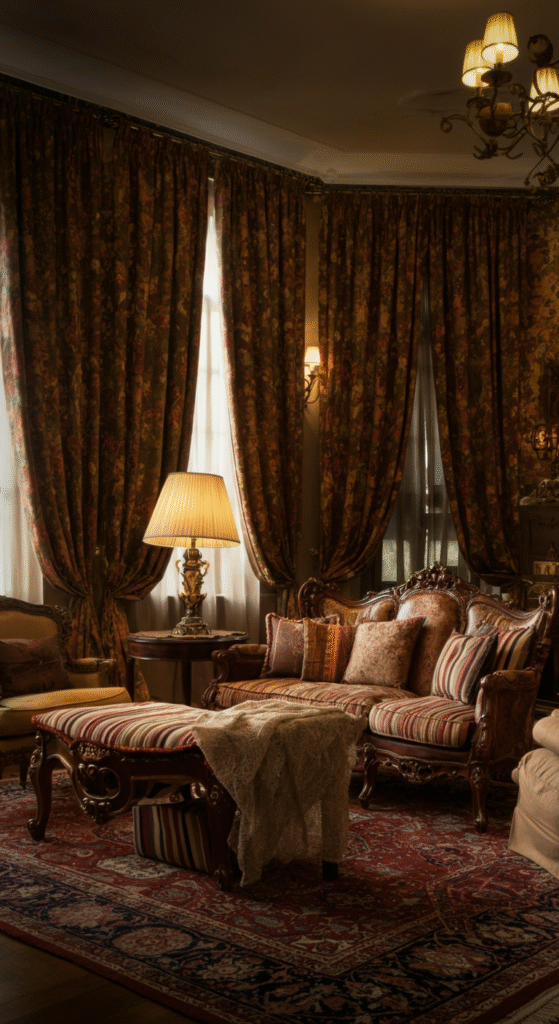
Pattern mixing is a signature of vintage living rooms — florals, stripes, damasks, and plaids can coexist harmoniously if balanced well.
The trick is to stick to a consistent color palette and vary the pattern scales. Pair a bold floral curtain with subtle striped cushions or a patterned rug under a plain sofa.
Fun fact: Many vintage patterns like chintz and toile originated in 17th-century Europe, inspired by imported Indian textiles. They’ve stood the test of time for good reason — they add warmth and nostalgia to any space.
9. Showcase Collectibles and Heirlooms
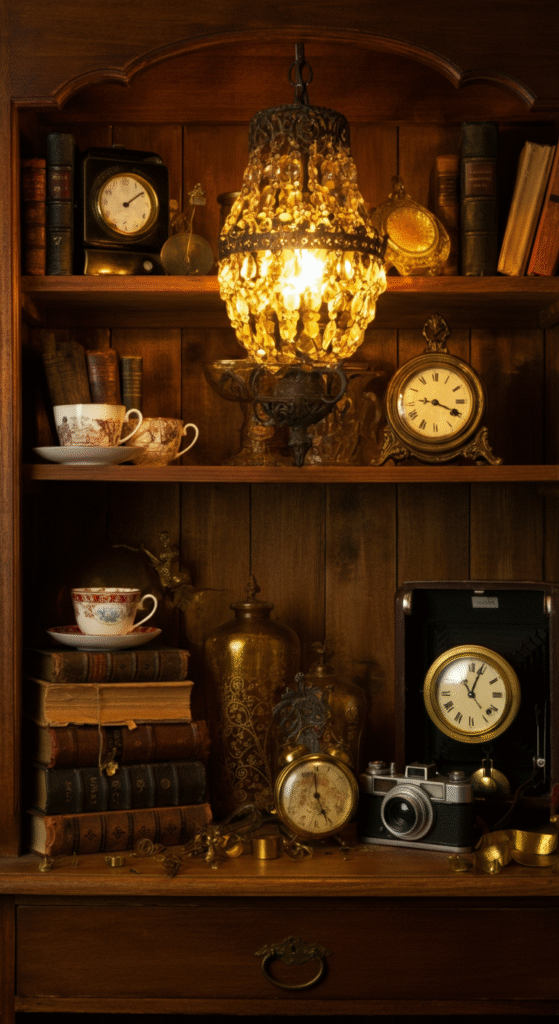
A vintage home should tell your story. Display items that hold sentimental or historical value — old books, cameras, clocks, porcelain teacups, or vintage travel souvenirs.
Curate rather than clutter. Use open shelving, glass cabinets, or mantel displays to highlight your collections artistically.
Myth: Collecting vintage pieces makes your home look chaotic. In truth, when styled thoughtfully, these personal touches add depth, individuality, and a museum-like elegance.
10. Use Rugs and Floor Coverings with Soul
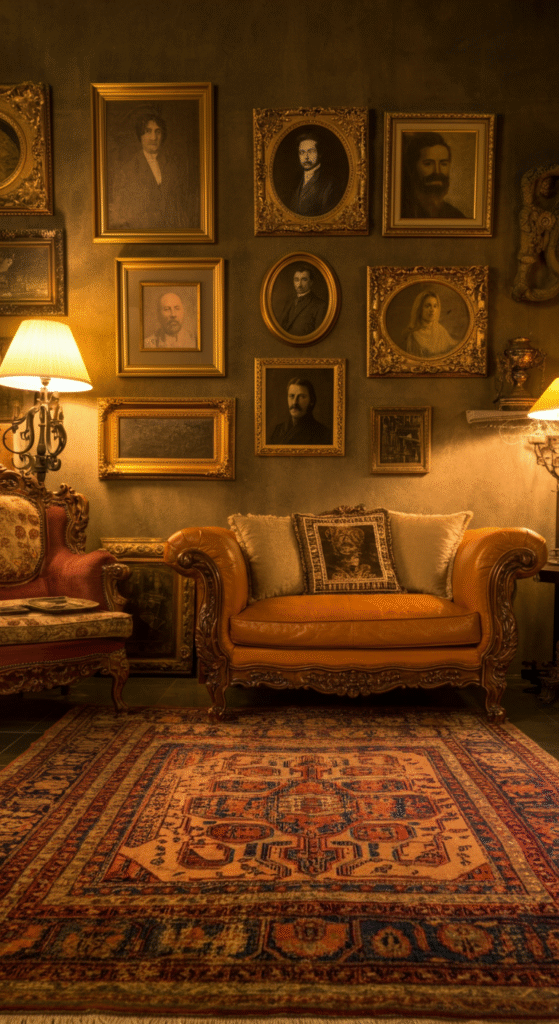
A vintage-inspired living room often features layered or aged rugs that anchor the space. Persian, Oriental, and Kilim rugs are classic choices — their faded hues and intricate patterns add timeless appeal.
Layer rugs of different sizes and textures for a cozy, eclectic effect. Even a small runner can make a large statement when paired thoughtfully.
Interesting fact: Vintage rug patterns often tell cultural stories — motifs representing protection, fertility, or luck were common in Middle Eastern designs.
11. Curate Vintage-Inspired Wall and Shelf Décor
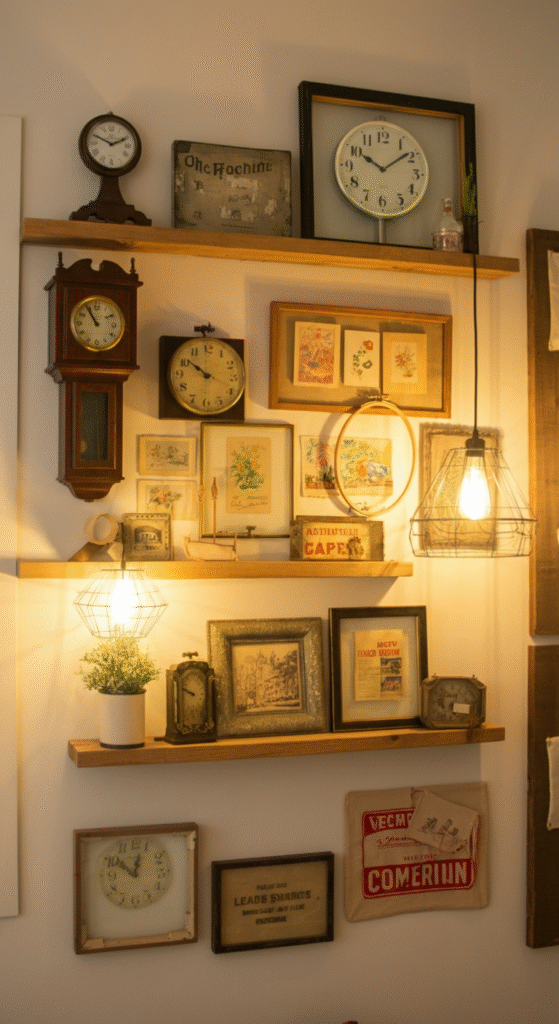
Don’t forget your vertical space. Use vintage clocks, framed postcards, embroidery hoops, or weathered signage to add nostalgia.
Floating wooden shelves with antique finds or ceramic figurines can add visual interest and create charming focal points.
Pro tip (not SEO-related): Mixing a few modern frames among old ones creates visual balance and keeps your décor from feeling too “staged.”
12. Create an Inviting Ambience with Scents and Sounds
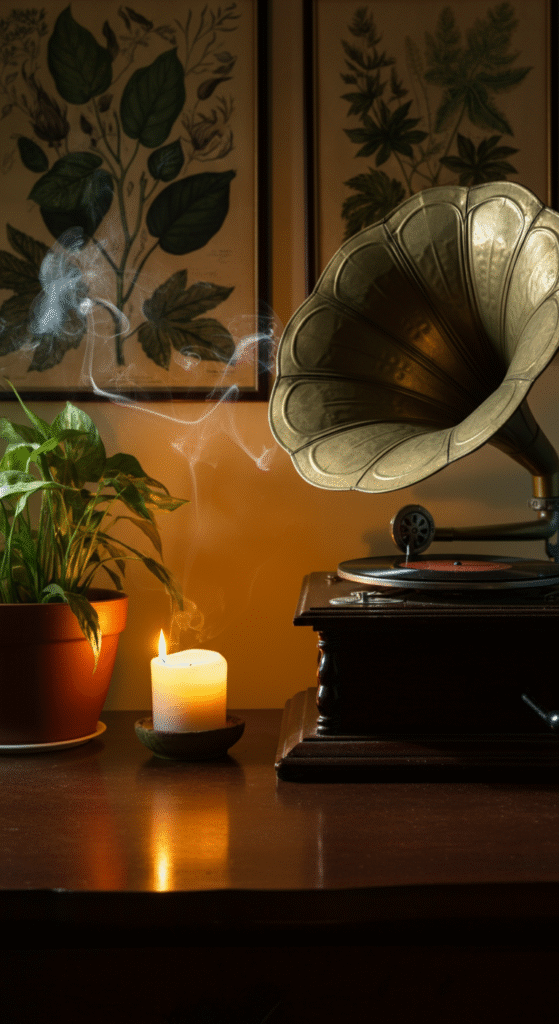
A vintage room appeals to more than just the eyes. Infuse your space with old-world aromas and soft background sounds.
Use scented candles, potpourri, or essential oils like sandalwood, rose, or lavender — scents associated with heritage and comfort. Pair this with classic jazz or instrumental records for an immersive experience.
Did you know that in the early 1900s, homes were often scented naturally through dried herbs and handmade soaps kept in linen closets? Bringing back such rituals enhances the sensory nostalgia of vintage living.
Bonus Tip: Combine Modern Comfort with Vintage Charm
You don’t need to live like it’s the 1940s to embrace vintage style. Blend modern elements like a sleek coffee table or minimalist sofa with vintage accents for a fresh take.
The goal is balance — where past meets present. For example, a modern lighting fixture over an antique dining table creates a stunning juxtaposition.
Remember, vintage doesn’t mean outdated. It’s about timeless appeal that continues to evolve.
Conclusion
Creating a vintage-inspired living room is more than just a design choice — it’s a celebration of heritage, craftsmanship, and soulful beauty. Each piece, color, and texture contributes to an atmosphere that feels both nostalgic and inviting.
The elegance of vintage style lies in its authenticity — imperfect yet intentional, classic yet comfortable. Whether you inherit a grandmother’s cabinet or discover a hidden gem at a flea market, every addition builds your home’s story.
So take your time curating, layering, and experimenting. Because a truly vintage living room isn’t designed overnight — it’s lovingly built, one timeless detail at a time.
Frequently Asked Questions (FAQs)
What defines a vintage living room?
A vintage living room combines furniture, décor, and colors inspired by past eras (typically 1920s–1970s) to create a nostalgic yet elegant space.
Can I mix modern and vintage styles?
Yes, blending modern pieces with vintage accents creates a balanced, timeless look that feels both fresh and nostalgic.
What colors work best for a vintage theme?
Muted, earthy, or pastel tones like sage green, beige, dusty rose, and cream are perfect for a vintage palette.
Where can I find authentic vintage décor?
Flea markets, thrift stores, estate sales, and online vintage shops are great sources for authentic finds.
Do I need antique furniture to achieve the look?
Not necessarily. You can use new pieces with distressed finishes or vintage-inspired designs to recreate the charm.
